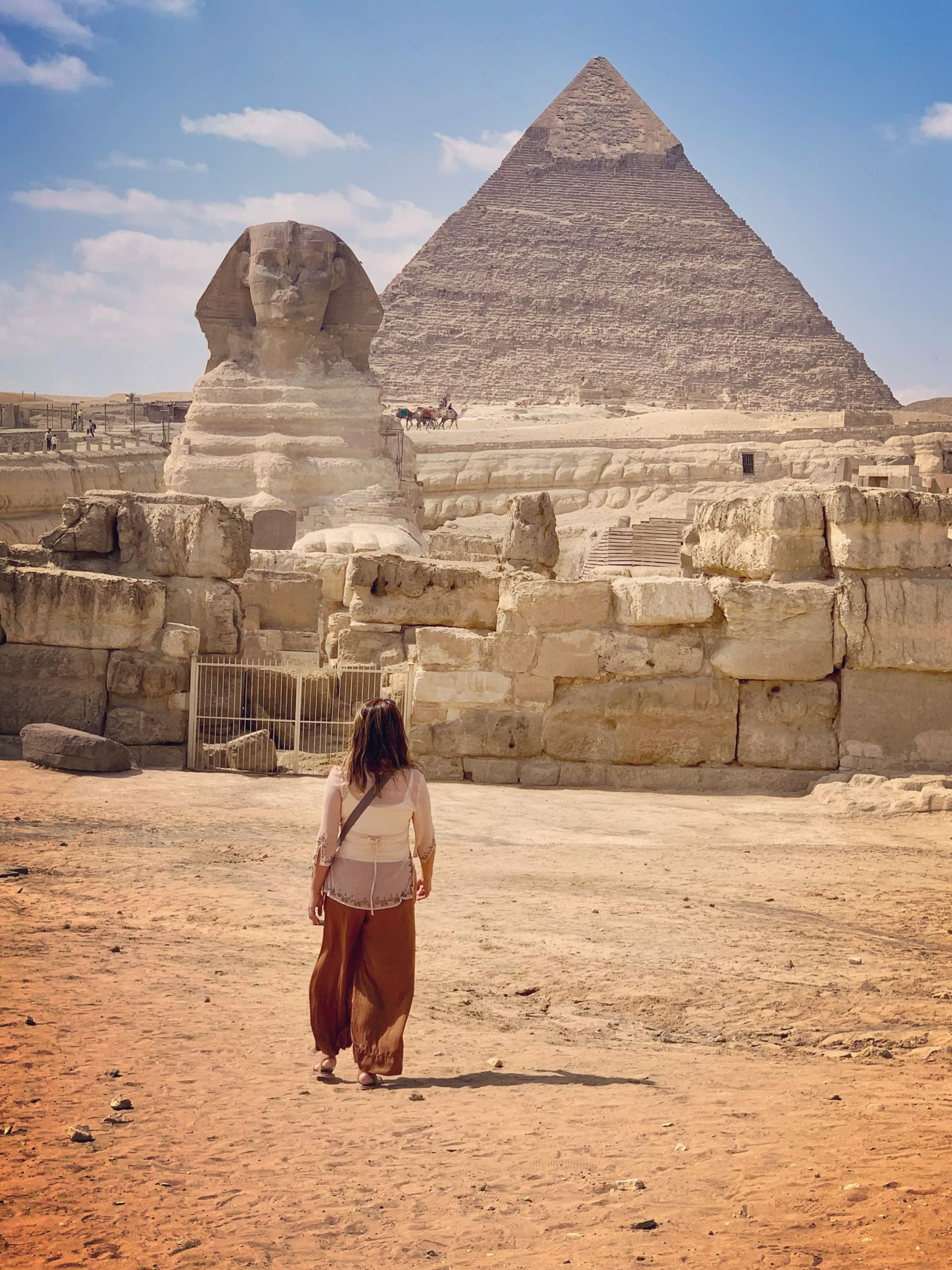
Time Travel in Mostar, Bosnia
Last Updated on October 8, 2021

“I left the army because I wanted to protect, not attack.” Native Bosnian and ex-soldier Josip* explained while showing us around the decrepit building.
We were in the Glass Bank, one of the buildings in Mostar that was destroyed during the Bosnian War. This extremely brutal civil war raged on over three years in the early 1990s (just over twenty years ago), killing hundreds of thousands and displacing millions, resulting in Europe’s worst mass killings since WWII.
As a major city in Bosnia and Hercegovina, Mostar was one of the most heavily bombed of all Bosnian cities during the war. It lost many of its important buildings and structures, including the iconic emblem of the city, the Old Bridge.
Today many bullet-marked buildings still stand along the wide Bulevar. The boulevard was where the front line of the war stood and also where the biggest destruction of the city occurred. To get a glimpse of the devastating urban scars left behind by the war, we wandered around the Bulevar area and walked into an abandoned building where we found Josip.

Surviving the Brutal Civil War
The lean and ragged man, barely in his forties, had survived one of the worst wars in history and still live today to tell his story. With a bottle of beer in one hand and a cigarette in the other, Josip showed us the scars that the war left on his body: a big patch of bullet wound on his left arm, a long trail of stitches that ran from his chest to abdomen, and another on his right thigh.
“My family all died in the war. I am from Sarajevo but I cannot return because everything there reminds me of the war.” It was obviously painful for Josip to talk about the past and we didn’t want to probe any further. The war ended twenty years ago — but the permanent scars of the war were still visible in his troubled eyes.
Josip now squats in the Glass Bank amidst garbage, broken glass and graffiti-splashed concrete walls. Having defected from the army almost twenty years ago, he doesn’t receive any aid from the government nor have any family left to help. These days, he resorts to talking to curious tourists and hoping to get a buck or two in return.

Vivacity Regained in Old Town Mostar
Josip talked to us about religion and he was surprised to hear that we didn’t have one (Alberto and I were both baptized as Catholics but we prefer to think ourselves as free-thinkers). He told us that it was important to have faith – be it in God, Allah, or any being. He himself is a Catholic and a Bosnian Croat. I, on the other hand, was overwhelmed to hear that despite all that’s gone through, he has not lost faith.
From what I had read, the civil war in Bosnia had started as a result of conflict on whether Bosnia should stay in the Yugoslav Federation, or whether it should become independent. The three main ethnic groups – Bosniaks (Bosnian Muslims), Croats and Serbs – were divided in their opinions and this resulted in the mass murders and ethnic cleansing.

Old Town Mostar Now
Thankfully, Bosnia has regained its religious tolerance and now rebuilt mosques, churches and synagogues can be seen standing closely together in Mostar. In contrast to the frontline area, Mostar’s Old Town has been cleaned up and many buildings reconstructed.
We were surprised by the beauty of the cobblestoned Ottoman quarters where newly rebuilt houses stand alongside regal mosques and churches and tourist cafes line the alleys. These days, Mostar has flourished to become one of the most beautiful places in Europe.
Stari Most or the Old Bridge, continues to be the star of the show, having been rebuilt using 16th century techniques to restore it to its full glory in 2004. These days, it’s perched high and mighty over the green waters of the raging Neretva River, acting as the caretaker of the city. Even the age-old bridge-diving tradition can be seen today as local divers collect money from tourists before plunging 21m into the icy water.


Mostar gave us insights to what war could do to a country – and most importantly – to its people. Josip is just one of the many who have been scarred for life by the destructive war and the permanent scars left behind will surely take generations to heal. Meanwhile, I hope Bosnians can continue to live in peace and strive for a better future.
*The ex-soldier’s name has been changed to protect his identity. He did not want his name to be published or photo to be taken.
Here are more photos from Mostar to give you a glimpse of its beautiful rebuilt Old Town and the few remnants of war:









The Comments
Andi Perullo de Ledesma
Wow what an insanely gorgeous town!!! Definitely adding it to my Bucket List!
Davide Vadalà
We were there last year and we were so impressed to see such a huge difference between the Muslim district before reaching the center and the reconstructed area! First we thought to be in a kind of ghost town, and just by going down to the next road, a (reconstructed) jewel was in front of our eyes!